Some places you just know you’re going to love even before you’ve ever been there. Percé is one of those places for me. Every time I saw a picture of Percé Rock, I fell more and more in love with the idea of visiting it. Of course I had to add it into our Québec itinerary. And when we finally made it to Percé and saw the big rock, it was love at first sight for me. Who knew you could fall in love with a big chunk of rock. 😉
While we were hanging out at the marina, taking pictures of the rock at sunset after a long drive from Prince Edward Island, we saw what would be my new favourite animal: the northern gannets! We were simultaneously impressed and amused by the way the sea birds dive into the water to catch fish. So confident, with no reservation whatsoever. They sure know what they’re doing! I just knew I wanted to get to know them better. So, on the next day, we bought our tickets for a boat tour around the Percé Rock and a round trip to Île Bonaventure, where the world’s most accessible northern gannet colony in the world is located.
It was a sunny but windy day, which I didn’t mind a bit even though the wind made the sea a little rough. I don’t get seasick. Growing up in Indonesia, we were taught from early age that our ancestors were great seafarers, and I believed it. Still do. I have sea legs to prove it. 🙂 And I’m always the happiest when I’m by the sea (the Great Lakes, which are more accessible to me here in Southwestern Ontario, don’t quite have the same effect, unfortunately.) Some of our fellow travellers weren’t too thrilled about the weather, but I think we all made it out okay.
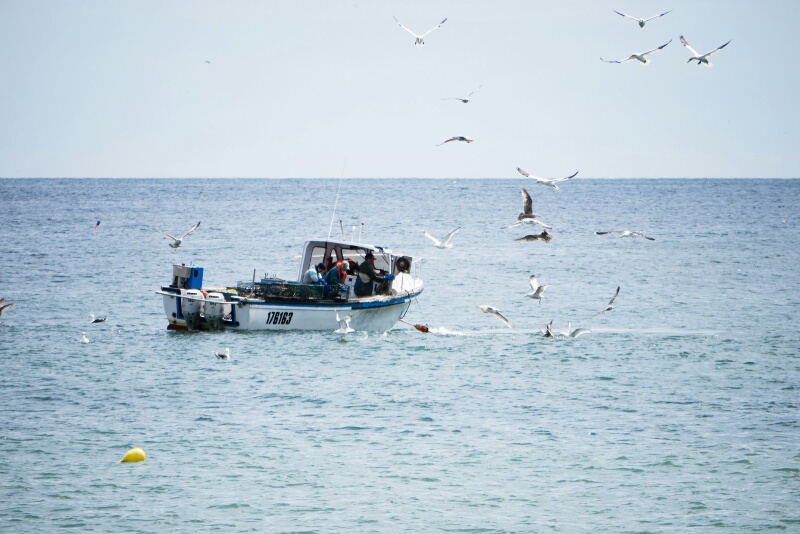
The boat wasn’t at the marina yet when we got there. While we were waiting for the boat to arrive, we got to watch a group of northern gannets dive-bombing a small fishing boat. It was a rather amusing sight, but I doubt the fishermen on the boat were having too much fun fending off the bird attacks. When the boat finally arrived and all the passengers returning from the island had disembarked, one by one we boarded the boat on cue to the rhythm of the sea, and soon we were off towards the Percé Rock!
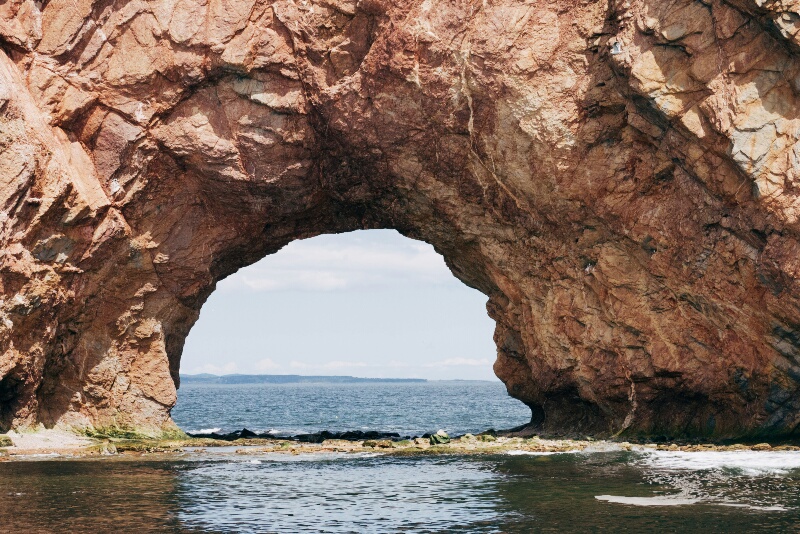
Percé Rock is interesting and all from up close but I still prefer seeing it in its entirety from a distant. Île Bonaventure was definitely my favourite part of the tour. It was so cool to be able to see so many birds flying and perching on the cliffs, not only northern gannets, but also a good number of guillemots (which I could’ve had all cooked and served on a plate for dinner in Iceland a couple of years ago, but I didn’t). The guillemots look like little penguins but, unlike penguins, they can fly. Very cute. I love them. But the northern gannets totally dominated the island. There were around 30,000 of them in the colony.
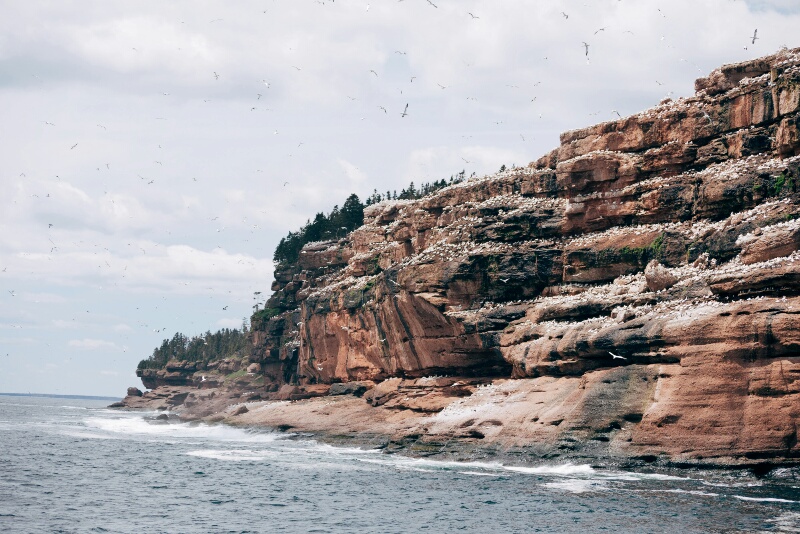
When we arrived on the island, the park rangers rounded us up and briefed us on what to do and what not to do on the island, and all the trails we could hike to get to the bird colony, their lengths and levels of difficulty. After paying the small entrance fee, we decided that it would be best for us to take the shorter but more challenging route instead of the longer but less challenging one due to the time constraint. We didn’t really want to miss the last boat and got stuck on the island overnight!
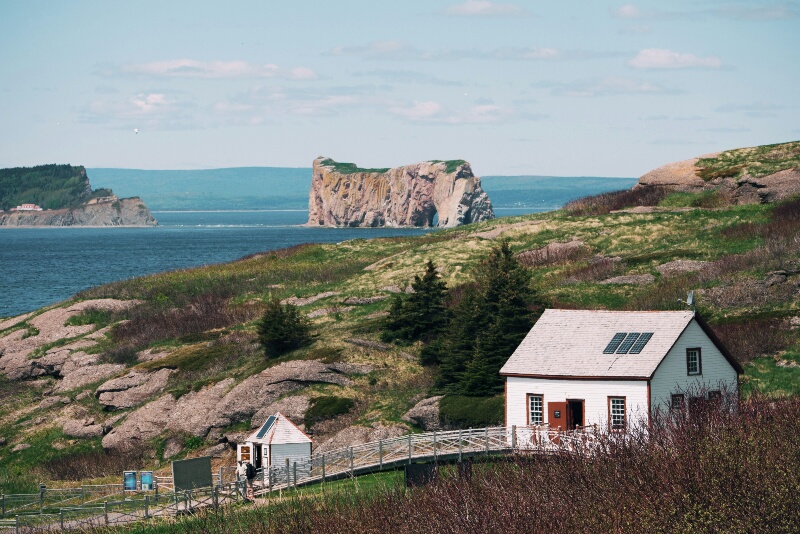
They didn’t lie about the route being challenging, especially for wimpy hikers like me who specialize in beginner-level trails. It was over 2 kilometers worth of pure torture climbing, up to over 100 meter elevation. I have to admit, I was this close to giving up. Some older people from our group did. But I knew I would really regret it if I didn’t make it to the colony, so I persevered and finally made it. Yay me! 😉 The view of the thousands of northern gannets in the colony was worth the grueling hike! It was stinky and loud, but amazing nonetheless.
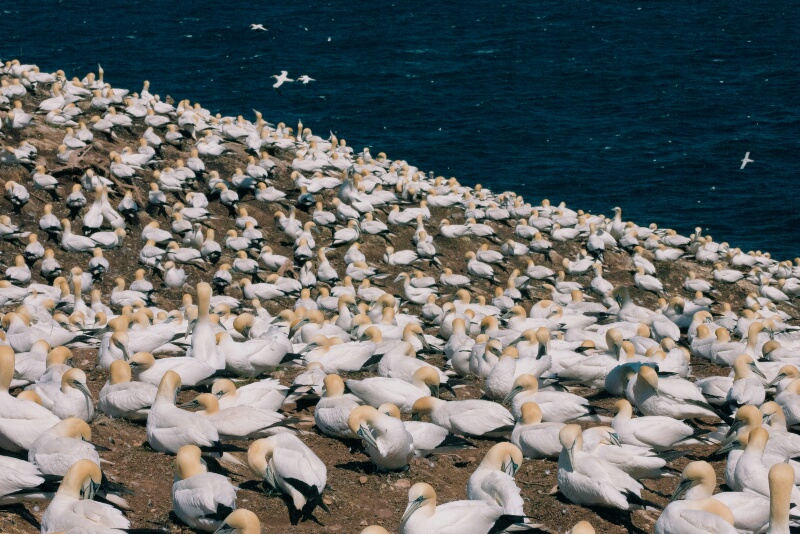
When we were on the boat earlier, we noticed that a lot of the birds were flying with a piece of seaweed dangling from their beaks. When we got to the colony, we soon learned that it was nesting season and that seaweed was a prime nest-building material. A friendly park ranger approached us and told us some interesting facts about the northern gannets and happily answered our questions. He told us that they were able to see some of the eggs that morning. We stuck around for a little while to take some pictures from the observation decks until my camera ran out of battery juice, which didn’t take long. Once again, I’d forgotten to pack my spare battery. D’oh.
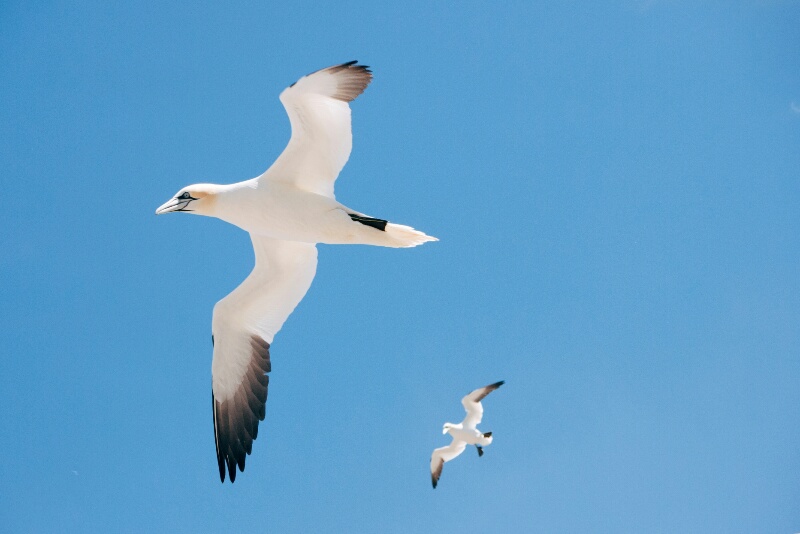
The hike back to the park entrance wasn’t quite as grueling but somehow still felt very long. We made enough time to rest and relax for a while before the boat came to pick us up. The park rangers were also on board with us on the boat ride back to the mainland as it was the end of the day. Although I was tired from the hike and my legs were throbbing like nobody’s business, I was happy we did this excursion. I would do it again, even if it made my legs hurt for the next two weeks (true story!). I really love the northern gannets. They are my new spirit animal! 🙂

